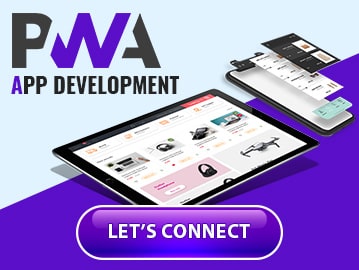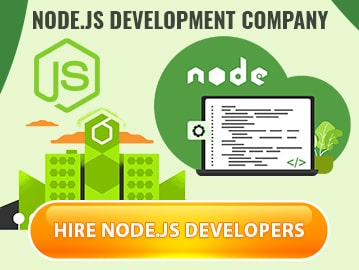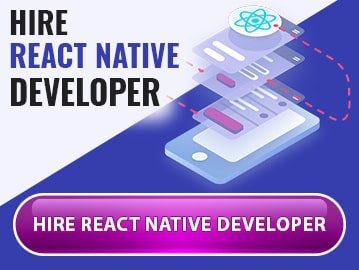How much does it cost to develop an online food ordering app
Written by Hemendra Singh on November 14, 2018 | Updated on: November 14, 2018

On-request nourishment requesting conveyance applications are in heavy demand. Apps like Swiggy, Uber Eats, are making life as problem free. Individuals can arrange their most loved dish from home and get quick doorstep conveyance. It’s an ideal time for business visionaries to put resources into this multi-million dollar business. The on-request nourishment conveyance application advancement is the way to go.
Restaurant proprietors will need to experience an enrolment and login process in the app itself. They need to submit additional documentation for the genuineness of the business.
Table of Contents
Here are a few areas that need a look into inside a restaurant mobile application.
Accounting Part:
Each restaurant can set their food pictures, name, logo, menu pictures, and business hours. They can include all of the menus accessible alongside the cost and expected conveyance time. They can likewise specify rebates from their end for a specific thing. The entire part falls into the profile area of the application.
Dashboard:
After setting up the record, the clients are diverted to their apps landing page. It is called the Dashboard. Here they can monitor the pending and the finished requests. They can also check which one is under processing. It will enable them to have a fair idea and summarize things.
Payment:
Here, the clients would have the choice to exchange the cash to banks. They can also choose other stages like PayPal or mobile wallet app according to their inclination. Demonstrating day by day income reports can be an additional element alongside all the history.
The restaurant mobile app developers can incorporate various highlights in the app. The likely outcomes are inestimable. Few highlights that can be useful are:
Searching Screen:
The search section is at the top of the home screen. It is an obligatory part for on-request nourishment conveyance apps. Clients can look by the item name and the eatery names to find that dish. They can also check the cost that should appear inside seconds.
As a firm or a business person, one can keep a possibility for sifting things. These are like conveyance time, audits, etc. They can keep the option of sorting for clients based on high and low prices.
Related Article: Brief Guide to Restaurant App Development
Client Home screen:
Such a display will demonstrate the entire listing of close-by eateries accessible. The home screen should be tidy. If you put a lot of hi-tech innovation, then it can be confusing to clients.
The restaurant mobile app developers can make the application basic by keeping a few options. They are like breakfast, lunch, dinners, and supper rather than adjacent eatery records. The application designer according to the customer prerequisites can likewise give distinctive segments. They will be as per clients’ tastes and preferences. For instance, an area that focuses on delivering snappy foods in minutes. Another section of the application can be for clients who maintain their health.
Menu:
It is one of the major highlights of on-demand mobile applications. In this screen, a client will get all details after the choice of a specific eatery. The subtle elements of the menus accessible will appear here. For example, names, dish pictures, contact no, client audits, expected conveyance time, and so on. The objective of this section is merely presenting all the information.
As a firm, one can make prefer this part of the application. However, the ideal route is to influence inventories on the home screen. After that, you can go for classes and subcategories according to particular items. After choosing the fundamental thing from the menu, you must demonstrate alternatives to clients. They can pick complimentary dishes and included refreshments. It will give the client greater adaptability of what they are requesting. Such a feature will leave a decent impression on clients about the application.
Related Article: Top benefits of online food ordering app development services
Shopping basket:
Such a part is for dealing with the requests before paying for the item. The client ought to have the capacity to increment or reduction the food tally. They can do it by tapping on adding or deleting tabs separately.
Eatery Dashboard:
The Eatery Dashboard gives the alternative to the eatery proprietors of tracking any future requests. Along with it, it also stores the essential points about how the client needs it. There would be the alternative of affirming the orders or drop from the eatery side. After the conveyance of the item, there will be an alternative to marking that request. You can check the status of all orders from the pending rundown.
Conveyance:
It is the most critical segment of on-request food conveyance applications. We all know that conveying food in time is an essential concern. Clients may drop the request if it takes more than the set time. Such a failure can have an adverse impact on your food delivery business. Not the majority of the eateries can offer home conveyance. Hence, food ordering apps ought to have a slider in the eatery account page. The objective is to let the proprietor choose delivery options from that point.
These progressions should be visible in the clients’ page section. It will then show which eatery has home conveyance and which does not.
Convenient conveyance is another worry about this sort of food requesting apps. To get over the present rivalry, the application engineer can think of a few ideas. For instance, the food did not reach customers on time; they will offer it without any charges. In that way, the client will be pleased.
Continuous tracking of orders:
It is an additional component for this sort of food ordering app. It is a complicated procedure, and you need to pay more for this component. However, such a feature is worth the money you spend. Clients can track their request conveyance on the guide map for locating their order.
Eatery proprietors can check the conveyance status as well. They can also let the client’s knowledge about any delays in transit for whatever reasons. As an application client, one can utilize the ongoing clients’ area. It is to demonstrate to him or her close-by eateries. The app enables the client to change locations with a separation slider.
Pop-up messages:
Pop-up messages are one essential element that the Application Engineer ought not to skip. During transit, the app would send a pop-up message of the order to the client.
Conclusion
After all these discussions, it all boils down to a critical question. What amount will you need to spend to create Food Conveyance Mobile Apps?
Restaurant app developer charge on every hour for application advancement. For example, costs for Application Advancement can start from $100 to $ 300 USD. We are talking about the charges in Europe or the US. Eastern Europe is not so much costly in mobile app development. It is when you compare them to different parts of Europe. Here, the prices for creating such apps are about $50 to $200 USD hourly.
In all probability, the expense to build up an online food ordering app would be around $6,000 to $15,000 USD (roughly).
My name is Hemendra Singh. I am Managing Director and co-founder of PuzzleInnovationz, a Mobile App Development Company. I am having a keen interest in the latest trends and technologies that are emerging in different domains. Being an entrepreneur in the field of IT sector, it becomes my responsibility to aid my audience with the knowledge of latest trends in the market.

![Oracle Database Advantages, Disadvantages and Features [Guide 2021]](../wp-content/uploads/2019/08/Oracle-Database-Advantages-Disadvantages-150x150.jpg)









